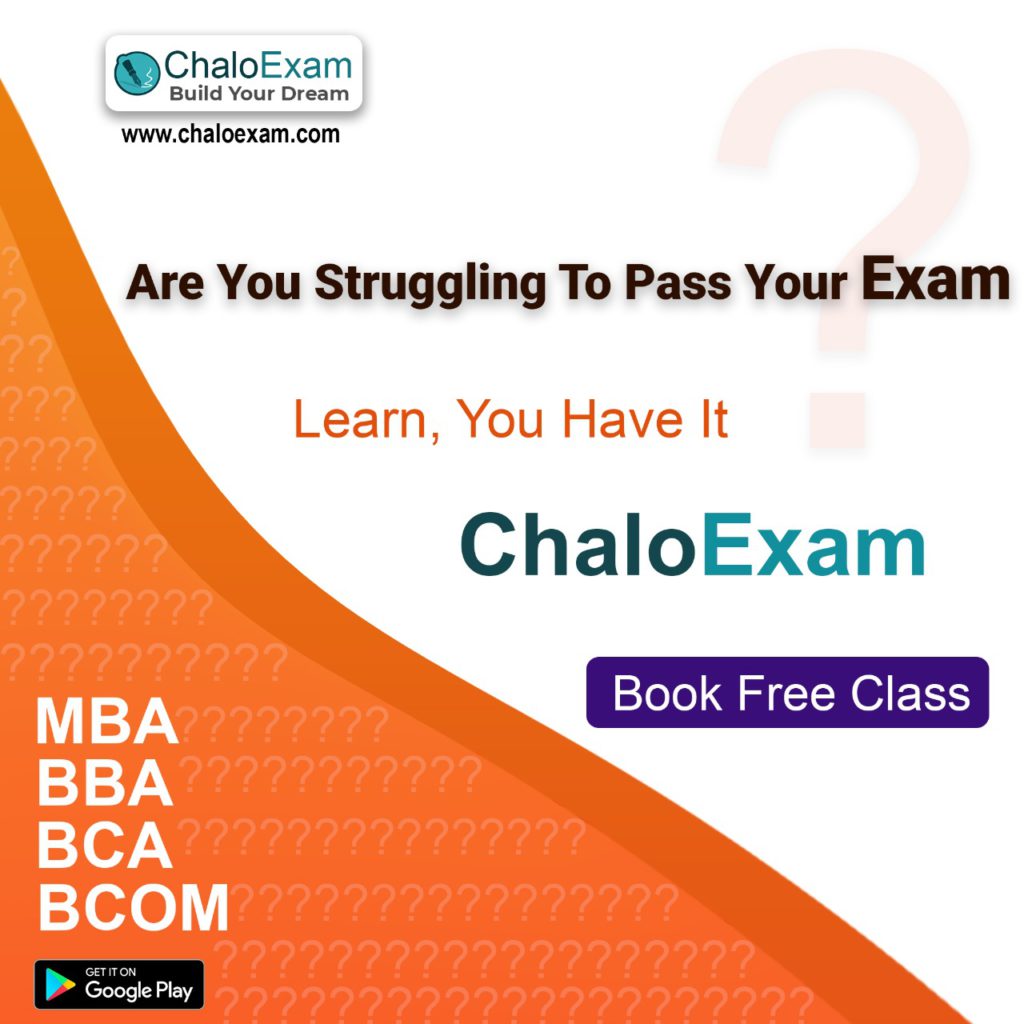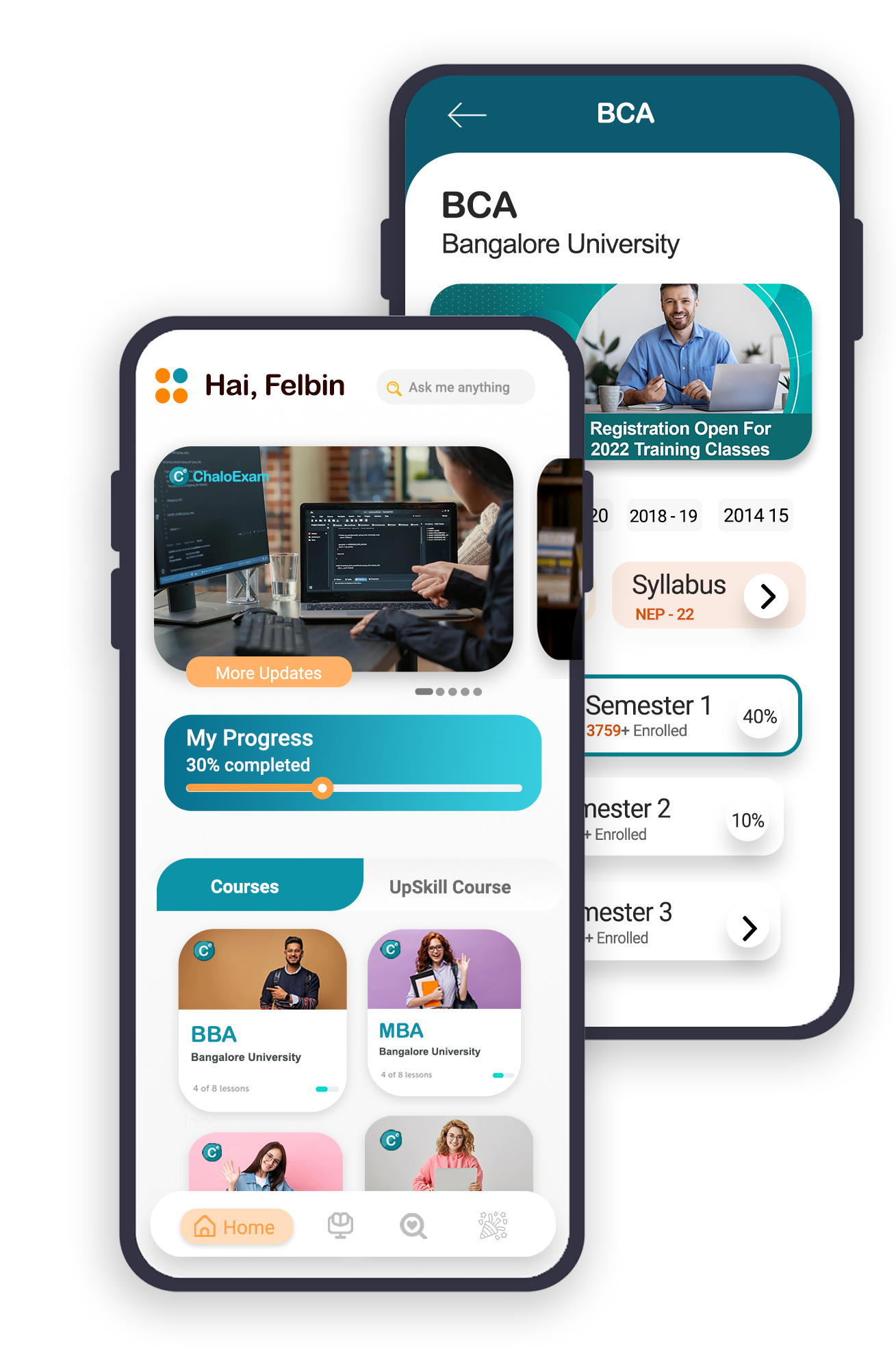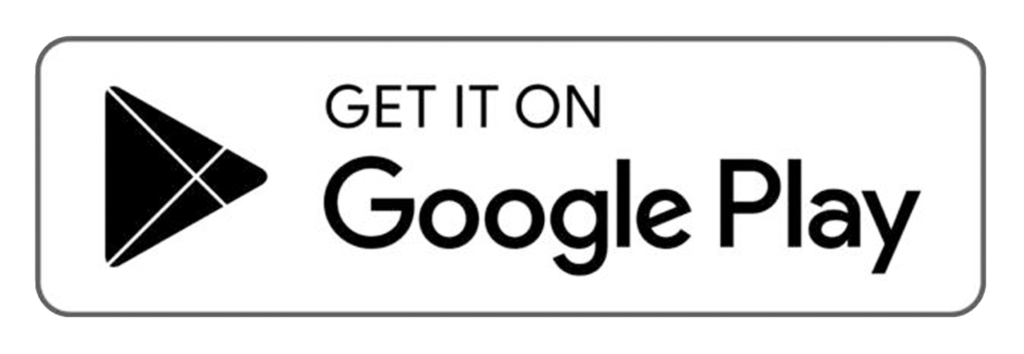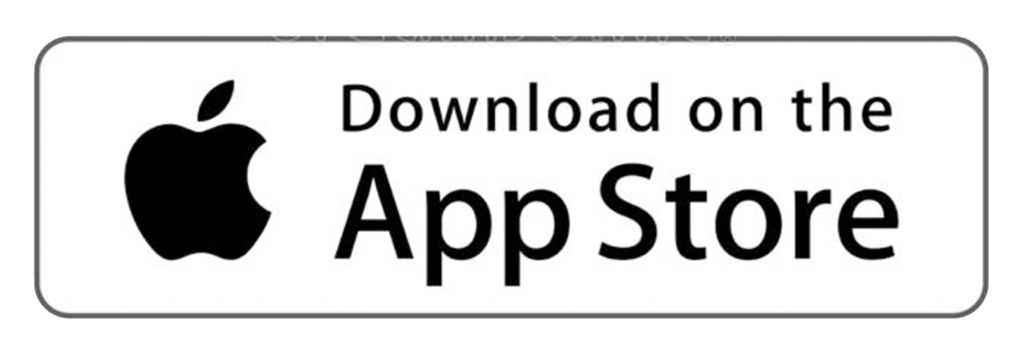Book Free Classes
Bangalore University 5th Sem BCA Study Materials
Download free BCA 5th sem module wise notes, latest solved question papers, previous 5 years question paper till 2021, model question papers, easy notes, exam oriented notes are available on this website chaloexam.com of Bangalore University
Data Communication and Networks

Data Communication and Networks
Data Communication and Networks
Software Engineering

Software Engineering
Software Engineering
Computer Architecture

Computer Architecture
Computer Architecture
Java Programming
Microprocessor and Assembly Language
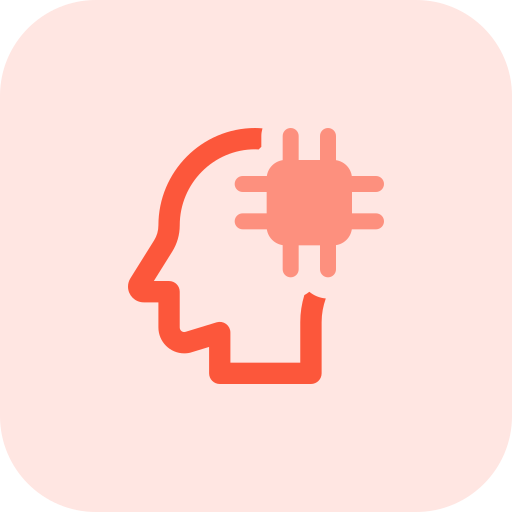
Microprocessor and Assembly Language
Microprocessor and Assembly Language
Bangalore University BCA syllabus
Syllabus
Syllabus
FIFTH SEMESTER BCA
BCA501T: DATA COMMUNICATIONS AND NETWORKS
Total Teaching Hours : 60 No of Hours / Week : 04
Unit – I
Introduction: Communication Network and services, Approaches to Network Design, Network Functions and Network Topology, Message ,packet and circuit Switching , Internet, Packet Switching ; Key factors in Communication Network Evolution ; Layered Architecture and Applications – Examples of Layering , OSI Reference Model, TCP/IP Model Telnet FTP and IP Utilities. Digital Transmission: Digital Representation of Information: Properties of digital transmission: Characterization of Communication Channels Frequency Domain and Time Domain : Fundamental limits in Digital Communication – The Nyquist Signalling rate, The Shannon channel capacity : Line coding , Modems & digital Modulations
[ 12 Hours ]
Unit - II
Transmission Systems: properties of media and digital transmission Systems – Twisted Pair , Coaxial Cable, Optical Fibre, Radio Transmission Intrared Light Error detection and correction – Error detection , Two – dimensional parity checks , Internet checksum , Polynomial code; standardized Polynomial codes , Error detecting capability of a polynomial code, Multiplexing – frequency – Division , Time – Division , SONET; Wavelength Division Multiplexing Circuit switches; Telephone network , signalling
Traffic and Overload control in Telephone networks – Concentration, Routing Control, Overload controls Cellular Telephone Networks, Satellite Cellular networks. [ 12 Hours ]
Unit – III
Peer –to-Peer Protocols:- Peer-to peer Protocols and service models ARQ Protocols stop and wait , Go –back-N Selective Repeat , Transmission efficiency of ARQ Protocols, Other adaptation functions , - Sliding window flow control Timing Recovery in Synchronous Services Reliable Stream Service, Data Link Control, HDLC, PPP ; Statistical Multiplexing.
[ 12 Hours ]
Unit - IV
Local Area Networks and Medium access Control Protocols:- Multiple access communications; Local Area network – LAN Structure, MAC Sublayer, Logical link control layer, Random Access protocols ALOHA , Slotted ALOHA, CSMA, CSMA/CD, Scheduling approaches to medium access control – Reservation Systems, polling , Token passing rings, comparison of Random access & Scheduling access control Comparison of Radom access & SHEDULING MEDIUM access controls; Channelization – FDMA, TDMA, CDMA;
[ 12 Hours ]
Unit - V
LAN Standard –Ethernet and IEF, 802.3 LAN Standard ; Token Ring and IEEE 8025 LAN standard , FDDI, Wireless LAN’s and IEEE 802.11 Standards; LAN Bridges – Transparent Bridges , Source Routing Bridges , Mixed – media Bridges. Packet Switching Networks :- Network services & Internal Network Operation; Packet Network Topology; Datagrams & VIRTUAL circuits ; structure of switch/ Router, Connectionless packet switching ; Virtual – Circuit packet switching ; Overview of Routing and congestion in packet networks – Routing algorithms classification , Routing tables,
Page 26 of 38
shortest path routing algorithms, Flooding , Hierarchical routing , Distance vector routing Link state routing , congestion control algorithms. [ 12 Hours ]
Text Books:
Stallings, “Data and Computer Communications”, 7th Edition,Pearson Education, 2012 Reference Books:
Andrew S Tanenbaim, “Computer Networks”, 4th Edition, Pearson Education. 2. Behrouz Ferouzan, Introduction to Data Communication & Networking TMH, 1999. 3. Larry &Peterson & Bruce S Davis; Computer networks Second Edition , Morgan Kaufman, 2000.
BCA502T : SOFTWARE ENGINEERING
Total Teaching Hours : 60 No of Hours / Week : 04 Unit - I
Introduction: Software Products and Software process, Process models: Waterfall modal, Evolutionary Development, Bohemia’s Spiral model, Overview of risk management, Process Visibility, Professional responsibility. Computer based System Engineering: Systems and their environment, System Procurement, System Engineering Process, System architecture modelling. Human Factors, System reliability Engineering. Requirements and Specification: The requirement Engineering Process, The Software requirement document, Validation of Evolution of requirements, Viewpoint – oriented & method based analysis , system contexts , Social 7 organizational factors . Data flow ,
Semantic, Objects, models , Requirement Specification, Non functional requirement. [ 12 Hours ]
Unit - II
Software Prototyping: Prototyping in software process, Prototyping techniques, User interface prototyping. Software Design: Design Process, Design Strategies, Design Quality , System Structuring control models, Modular decomposition , Domain Specific architecture.
[ 12 Hours ]
Unit - III
Object Oriented& function oriented design: Objects, object Classes and inheritance Object identification, An object oriented design example, Concurrent Objects, Data flow design Structural decomposition, Detailed Design, A Comparison of design Strategies. User interface design: Design Principles, User System interaction, Information Presentation, User Guidance, Interface Evaluation.
[ 12 Hours ]
Unit - IV
Software Reliability and reusability : Software reliability metrics , Software reliability Specification , Statistical testing ,Reliability Growth modeling, Fault avoidance & tolerance, Exception handling & defensive programming , Software development with reuse, Software’ development for reuse , Generator based reuse, Application System Portability.
[ 12 Hours ]
Unit - V
Software Verification and Validation : The testing Process , Test Planning & Strategies, Black Box , Structural, interface testing , Program inspections , Mathematically based verification, Static analysis tools, Clean room software development. Management Issues: Project management, Quality management, Software cost estimation, Software maintenance. [ 12 Hours ]
Page 27 of 38
Text book
Ian Sommerville – Software Engineering, 9th Edition, Pearson Education Ltd, 2010.
Reference Books
Roger S. Pressman – Software Engineering, A Practitioner’s approach, 7th Edition, McGRAW-HILL Publication, 2010.
Pankaj Jalote, “An integrated approach to Software Engineering”, 3rd Edition, Narosa Publishing House, 2013.
BCA503T: COMPUTER ARCHITECTURE
Total Teaching Hours : 60 No of Hours / Week : 04 Unit - I
DIGITAL LOGIC CIRCUITS: Logic gates Boolean algebra, map simplification, combinational circuits, flip-flop, sequential circuits. INTEGRATED CIRCUITS AND DIGITAL FUNCTIONS: Digital integrated circuits, IC flip –flops and registers, decoders and multiplexers, binary counters, shift registers, random –access memories (RAM) read –only memories (ROM).
[ 12 Hours ]
Unit - II
DATA REPRESENTATION: Data types, fixed-point representation, floating – point representation, other binary codes, error detection codes.
DATA TRANSFER OPERATIONS: Register Transfer, Memory Transfer and I/O Transfer.
[ 12 Hours ] Unit – III
BASIC COMPUTER ORGANISATION AND DESIGN: Instruction codes, computer instruction, timing and control, execution and instruction, input-output and interrupt, design of computer.
[ 12 Hours ] Unit - IV
CENTRAL PROCESSOR ORGANIZATION : Processor bus organization, arithmetic logic unit (ALU) instruction formats, addressing modes, data transfer and manipulation , program control, microprocessor organization.
[ 12 Hours ]
Unit – V
INPUT-OUTPUT ORGANISATION: Peripheral devices . asynchronous data transfer , direct memory access (DMA) ,priority interrupt, input –output processor (IOP). MEMORY ORGANIZATION : Auxiliary memory, microcomputer memory hierarchy , associative memory , virtual memory, cache memory.
[ 12 Hours ]
Text Books
M.Moris Mano , Computer System, Architecture, 2nd Edition Prentice Hall of India.
References
Heuring and Jordan, Computer systems design and Architecture , Peason Edition 2. William Stallings , Computer Organisation and Archotecture, Peason Education 3. Floyed , Digital Fundamentals,8th Edition , Peason Education.
Andrew S. Temenbauam, Structured Computer Organization , 3rd Edition ; Prentice Hall of India.
David Patterson & Hennessy , Computer Organization & Design , Elsevier.
Page 28 of 38
BCA504T: OBJECT ORIENTED PROGRAMMING USING JAVA Total Teaching Hours : 60 No of Hours / Week : 04 Unit - I
Introduction to JAVA: JAVA Evolution: Java History, Java Features, How Java Differs from C and C++, Java and Internet, Java and World Wide Web, Web Browsers, Hardware and Software Requirements, Java Support Systems, Java Environment. Overview of JAVA Language: Introduction, Simple Java program, More of Java Statements, Implementing a Java Program, Java Virtual Machine, Command Line
Arguments, Programming Style. Constants, Variables, and Data Types: Introduction, Constants, Variables, Data Types, Declaration of Variables, Giving Values to Variables, Scope of Variables, Symbolic Constants, Type Casting, Getting Values of Variables, Standard Default Values, Operators and Expressions: Introduction, Arithmetic Operators, Relational Operators Logical Operators, Assignment Operators, Increment and Decrement Operators, Conditional Operators, Bitwise Operators, Special Operators, Arithmetic Expressions, Evaluation of Expressions, Precedence of Arithmetic Operators, Type Conversion and Associativity, Mathematical Functions. Decision Making and Branching: Introduction, Decision Making with if Statement, Simple if Statement, The if…..else Statement, Nesting of if………Else Statements, The else if Ladder, The Switch Statement, The ?: Operator. Decision Making and Looping: Introduction. The while Statement, The do Statement, The for Statement, Jumps in Loops Labeled Loops.
[ 12 hours] Unit -II
Classes, Arrays, Strings and Vectors: Classes, Objects and Methods: Introduction, Defining a Class, Adding Variables, Adding Methods, Creating Objects, Accessing Class Members, Constructors, Methods Overloading, Static Members, Nesting of Methods, Inheritance: Extending a Class Overriding Methods, Final Variables and Methods, Finalizer methods, Abstract Methods and Classes, Visibility Control. Arrays, Strings and Vectors: Arrays, One-dimensional Arrays, Creating an Array, Two -Dimensional Arrays, Creating an Array, Two – dimensional Arrays, Strings, Vectors, Wrapper Classes.
[ 12 Hours ]
Unit - III
Interfaces, Packages, and Multithreaded Programming: Interfaces: Multiple Inheritance: Introduction, Defining Interfaces, Extending Interfaces, Implementing Interfaces, Accessing Interface Variables. Packages: Putting Classes together: Introduction, Java API Packages, Using System Packages, Naming Conventions, Creating Packages, Accessing a Package, Using a Package, Adding a Class to a Package, Hiding Classes. Multithreaded Programming: Introduction, Creating Threads, Extending the Thread Class, Stopping and Blocking a thread, Life Cycle of a thread, Using Thread Methods, Thread Exceptions, Thread Priority, Synchronization, Implementing the ‘Runnable’ Interface.
[ 12 Hours ]
Unit - IV
Managing Exceptions, Applet Programming: Managing Errors and Exception: Introduction, Types of Exception Handling Code, Multiple Catch Statements, Using Finally Statement, Throwing Our Own Exceptions, Using Exceptions for Debugging. Applet Programming: Introduction, How Applets Differ from Applications, Preparing to Write Applets, Building Applet Code, Applet Life Cycle, Creating an Executable applet, Designing a Web Page, Applet Tag, Adding Applet to HTML File, running the Applet, More About HTML Tags, Displaying Numerical Values, Getting Input from the User. [ 12 Hours ]
Page 29 of 38
Unit - V
Graphics Programming, Input/Output: Graphics programming: Introduction, The Graphics Class, Lines and rectangles, circles, and Ellipses, Drawing Arcs, Drawing Polygons, Lines Graphs, Using Control Loops in Applets, Drawing Bar Charts. Managing Input/Output Files in JAVA: Introduction, Concept of Streams, Stream Classes, Byte Stream Classes, Character Stream Classes, Using Streams, Other Useful I/O Classes, Using the File Class, Input / Output Exceptions, Creation of Files, Reading / Writing Characters, Reading / Writing Bytes, Handling Primitive Data Types, Concatenating and Buffering Files, Interactive Input and output, Other Stream Classes. [ 12 Hours ]
Text Books:
A.Balaguruswamy, “Programming with JAVA”, A Primer, TMH, 1999. Reference Books:
Thomas Boutel, “CGI programming in C and Perl”, Addison – Wesley, 1996. 2. Jefry Dwight et al, Using CGI, Second Edition, Prentice Hall, India, 1997. 3. Patrick Naughton & Herbert Schildt, JAVA 2: The Complete Reference, THM, 1999.
Schildt, “JAVA The Complete Reference”, 7th Edition.
BCA505T : MICROPROCESSOR AND ASSEMBLY LAGUAGE Total Teaching Hours : 60 No of Hours / Week : 04 Unit - I
Architecture and Operation: Introduction to 8085, Microprocessor organization/ architecture & its operation Microprocessor based system, memory interfacing , basic interfacing concepts ,interfacing I/O devices
[ 12 Hours ]
Unit - II
Programming the 8085: Programming model, instruction classification , Instruction format, addressing modes, writing assembly level programs-overview of instruction set, timing diagrams data transfer, Arithmetic, Logic branch operations.
[ 12 Hours ]
Unit - III
Programming techniques- Looping Counting and Indexing , 16 bit arithmetic operations , logic operations Compare and rotate operations . Counters and Time delays , Generation of pulse waveforms. Stacks and subroutines- conditional CALL and RETURN instructions. Advanced subroutine concepts. BCD to Binary and Binary to BCD conversions, BCD to 7 segment conversion , Binary to ASCII and ASCII to Binary code conversion, BCD addition and subtraction , multiplication and division.
[ 12 Hours ] Unit – IV
Memory Interface: Memory and I/O mapping and interfacing concepts. Interrupts : 8085 vectored interrupts , Restart as Software instructions, additional I/O concepts and processes.
[ 12 Hours ]
Unit – V
Interfacing of peripherals (I/Os) and applications: Interfacing Keyboard (linear and matrix) and 7 segment display including multiplexes, 8279 programmable keyboard /display interface, 8255 PPI , 8259 PIC , DMA and 8257 DMA controller , Serial communication using 8251, D to A converters and interfacing, RS323 serial
Page 30 of 38
communication standards.
[ 12 Hours ]
Text books
R.S.Gaonkar – Microprocessor Architectutre , Programming and Application with 8085. Penram Int. 3rd Edn.
References
Douglas V.Hall- Microprocessors and digital systems, MH.
Kenneth L.Short - Microprocessor and Programmed Logic ‘’, PHI , 2nd Edn. 3. Aditya P. Mathur- Introduction to Microprocessors, 3RD Edn. TMH 4. Antonakos: Introduction to Intel family of Microprosessors Pearson Education 5. Hoffer: Modern Systems Analysis and Design Pearson Eduction Kendall, System Analysis and Design
BCA504P : JAVA PROGRAMMING LAB
PART - A
Write a program to find factorial of list of number reading input as command line argument.
Write a program to display all prime numbers between two limits. 3. Write a program to sort list of elements in ascending and descending order and show the exception handling.
Write a program to implement all string operations.
Write a program to find area of geometrical figures using method. 6. Write a program to implement constructor overloading by passing different number of parameter of different types.
Write a program to create student report using applet, read the input using text boxes and display the o/p using buttons.
Write a program to calculate bonus for different departments using method overriding.
Write a program to implement thread, applets and graphics by implementing animation of ball moving.
Write a program to implement mouse events and keyboard events. PART – B
During practical examination the External and Internal examiners may prepare exam question paper related to theory syllabus apart from Part-A. (A minimum of 10 Programs has to be prepared).
Note :
a) The candidate has to write both the programs One from Part-A and other from Part-B and execute one program as of External examiner choice.
b) A minimum of 10 Programs has to be done in Part-B and has to be maintained in the Practical Record.
c) Scheme of Evaluation is as follows:
Writing two programs - 10 Marks
Execution of one program - 10 Marks
Formatting the Output - 05 Marks
Viva - 05 Marks
Record - 05 Marks
Total - 35 Marks
Page 31 of 38
BCA505P: ASSEMBLY LANGUAGE PROGRAMMING LAB
PART - A
Exchange of two 16-bit numbers.
Addition & Subtraction of two 8 –bit HEX numbers.
Subtraction of two 16 –bit numbers.
Two n-byte Number addition.
Block Transfer.
‘N’ Decimal Number addition.
4-Digit BCD addition.
Subtraction of 16 –bit number.
Sorting of array in ascending order.
Multiplication of 2 digit BCD
PART – B
During practical examination the External and Internal examiners may prepare exam question paper related to theory syllabus apart from Part-A. (A minimum of 10 Programs has to be prepared).
Note :
a) The candidate has to write both the programs One from Part-A and other from Part-B and execute one program as of External examiner choice.
b) A minimum of 10 Programs has to be done in Part-B and has to be maintained in the Practical Record.
c) Scheme of Evaluation is as follows:
Writing two programs - 10 Marks
Execution of one program - 10 Marks
Formatting the Output - 05 Marks
Viva - 05 Marks
Record - 05 Marks
Total - 35 Marks
BCA506P : PROJECT
Students can develop a project in team (maximum three members). They should implement their project in college in any RDBMS package or any language available in the college. The students have to collect data outside practical hours. Project may be taken outside but must be implemented in the college. Internal marks can be awarded by the guide by evaluating the performance of the students during the course of project work. In viva-voce the questions must be directed only on the project work to access the involvement and understanding of the problem by the students.
The project carries 100 marks is distributed as follows:
Demonstration and Presentation 65 Marks
Viva-voce 25 Marks
Project Report 10 Marks



